Do you have a question about the Levitronix BPS-i100 and is the answer not in the manual?
Detailed specifications for individual components of the pump system.
Explains system configurations, models, and general technical specifications.
Outlines environmental operating and storage conditions for the pump system.
Illustrates pump performance based on pressure and flow rate at different speeds.
Details maximum static pressure limits for pump heads as a function of liquid temperature.
Provides physical dimensions and layout details for major system components.
Explains the sealing principles and materials used in the pump system's construction.
Covers electrical power requirements, consumption, and supply guidelines.
Describes system temperature monitoring, operational limits, and error states.
Analyzes driver temperature behavior based on operating conditions and cooling methods.
Provides essential rules for designing a robust and efficient hydraulic circuit.
Step-by-step guide for electrical connections and wiring of the Stand-Alone driver.
Details electrical connections and wiring for the EasyConnect driver model.
Outlines electrical connections and wiring procedures for the OEM driver model.
General guidelines and safety precautions for the mechanical installation of the system.
Instructions for operating the Stand-Alone model using its integrated user panel.
Details operation procedures for EasyConnect and OEM pump system models.
Specific operational precautions and guidelines for ATEX/IECEx classified environments.
Information on recommended impeller lifespan and replacement scheduling.
Step-by-step guide for safely replacing the pump impeller.
Guidance on identifying and resolving issues specific to the Stand-Alone model.
Troubleshooting tips for EasyConnect and OEM models, including software use.
Details regulatory compliance, certifications, and directives applicable to the system.
Explains the meaning of various safety symbols and signal words used in the manual.
Detailed specifications for individual components of the pump system.
Explains system configurations, models, and general technical specifications.
Outlines environmental operating and storage conditions for the pump system.
Illustrates pump performance based on pressure and flow rate at different speeds.
Details maximum static pressure limits for pump heads as a function of liquid temperature.
Provides physical dimensions and layout details for major system components.
Explains the sealing principles and materials used in the pump system's construction.
Covers electrical power requirements, consumption, and supply guidelines.
Describes system temperature monitoring, operational limits, and error states.
Analyzes driver temperature behavior based on operating conditions and cooling methods.
Provides essential rules for designing a robust and efficient hydraulic circuit.
Step-by-step guide for electrical connections and wiring of the Stand-Alone driver.
Details electrical connections and wiring for the EasyConnect driver model.
Outlines electrical connections and wiring procedures for the OEM driver model.
General guidelines and safety precautions for the mechanical installation of the system.
Instructions for operating the Stand-Alone model using its integrated user panel.
Details operation procedures for EasyConnect and OEM pump system models.
Specific operational precautions and guidelines for ATEX/IECEx classified environments.
Information on recommended impeller lifespan and replacement scheduling.
Step-by-step guide for safely replacing the pump impeller.
Guidance on identifying and resolving issues specific to the Stand-Alone model.
Troubleshooting tips for EasyConnect and OEM models, including software use.
Details regulatory compliance, certifications, and directives applicable to the system.
Explains the meaning of various safety symbols and signal words used in the manual.
| Supply Voltage | 24 VDC |
|---|---|
| Pressure | Up to 1 bar |
| Liquid Temperature | 5°C to 40°C |
| Wetted Materials | EPDM |
| Operating Temperature | 5°C to 40°C |
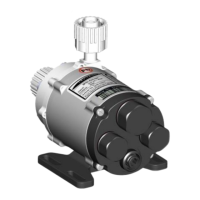
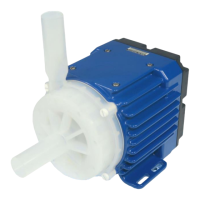
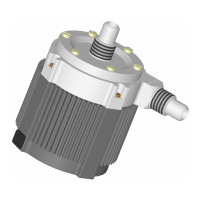
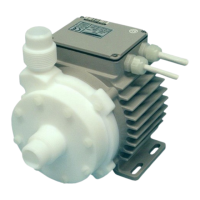
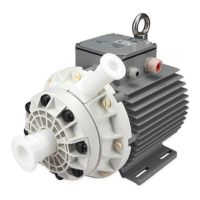
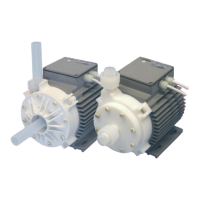
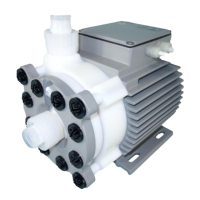
